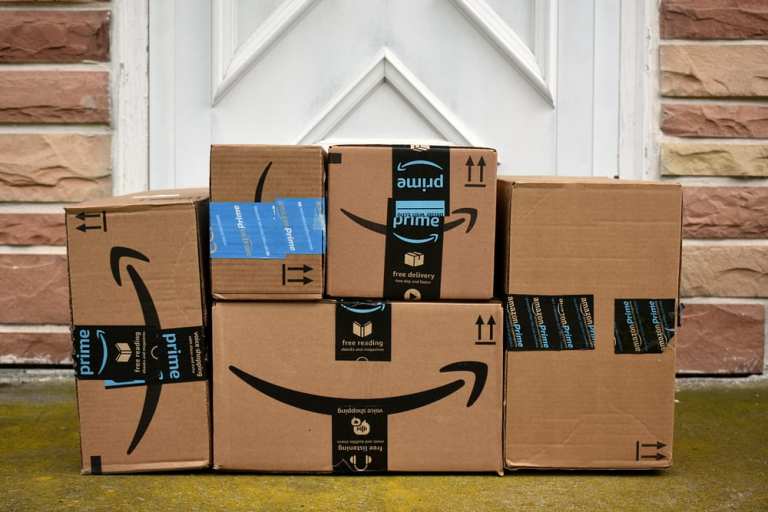Amazon Prime To Get One Day Shipping

Amazon offered something of a mixed bag for investors when it announced its earnings on Thursday (April 25). First quarter profits of $3.6 billion, or $7.09 per share, were nearly 50 percent above the $4.70 per share that analysts were forecasting.
Revenue came in at $$59.7 billion, in line with analyst expectations. Year-on-year (YOY) total revenue was up 16.9 percent, which represents its slowest expansion since Q1 2015.
North American revenue was up 17 percent, a step down from the 46 percent growth reported at this time last year. International growth dropped to just 9 percent, down from the previous year’s 34 percent growth rate.
Amazon Web Services (AWS) captured $7.7 billion in revenue, in line with analyst expectations. Its total YOY growth came in at 41 percent. That is also a bit of a drop-off from a year ago, when sales grew 47 percent YOY. Physical store sales, largely dominated by Whole Foods, grew 1 percent to $4.3 billion. That is a slight uptick from last year’s result of $4.26 billion, though it fell beneath analyst forecasts of $4.39 billion.
The home to most of Q1’s growth was eCommerce, with revenue of $35.81 billion in North America and $16.19 billion internationally, as well as a domestic operating income of $2.29 billion and an international operating loss of $90 million. Overall, eCommerce came out at $2.2 billion, which produces a massive earnings beat. Analysts had been looking for a domestic operating income of $1.52 billion and an international operating loss of $605 million. The $90 million loss on international operations is the closest Amazon has come to producing a profit in that segment since doing so in Q2 of 2016.
Advertising, which has been an emerging area of strength for Amazon, seems to have decelerated some during Q1. The company’s “other” revenue — home to advertising — grew 36 percent to $2.72 billion YOY and declined sequentially.
Sales in that segment grew sequentially for the last 15 consecutive quarters, and revenue increased more than 117 percent in 2018.
The big news out of Thursday’s earnings report — and what invariable caught the attention of market watchers — was Amazon’s plan to invest $800 million during Q2 to increase delivery speed for Prime members to one day from two. As of now, one-day delivery is an option on some goods — and some goods even qualify for same-day delivery, depending on what market one lives in. However, according to Amazon Chief Financial Officer Brian Olsavsky, the goal is to shift the standard for Prime customers from the two-day shipping that has been the headline offering for Prime since day one to a single-day delivery norm.
“We have been offering, obviously, faster than two-day shipping for Prime members for years (one-day, same-day, even down to two-hour delivery for Prime Now), so we’re going to continue to offer same-day and Prime Now, morphing into — or evolving into — a free one-day offer,” he said, responding to an analyst question.
That big investment in one-day shipping, Olsavsky said, explains why Amazon’s guidance for the next quarter was less-than-warmly received. Amazon’s operating profit guidance for Q2 falls between $2.6 billion and $3.6 billion, far below the $4.2 billion Street estimate. Amazon’s stock initially fell this afternoon in after-hours trading, due to that weaker-than-expected prediction. Yet, Olsavsky’s explanation seemed to satisfy investors, sending Amazon’s stock back into positive territory post-earnings call. All in, Amazon stock is up 28 percent on the year.